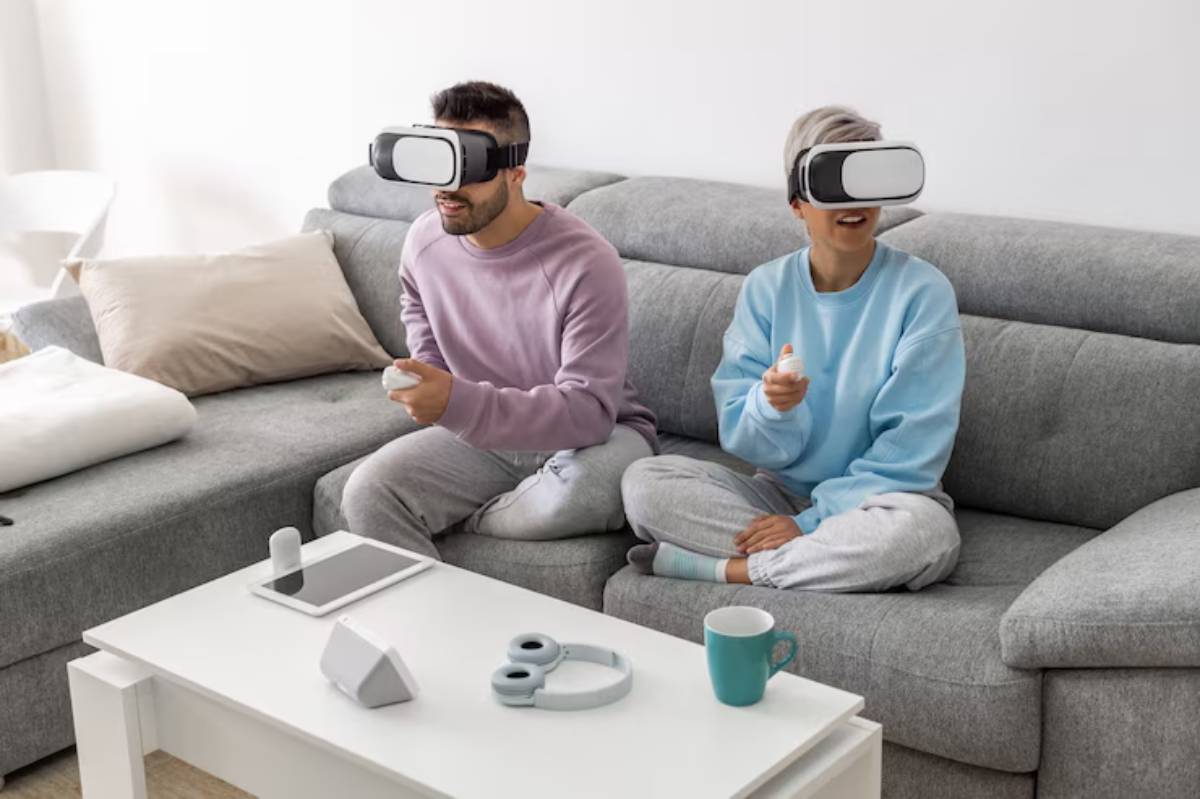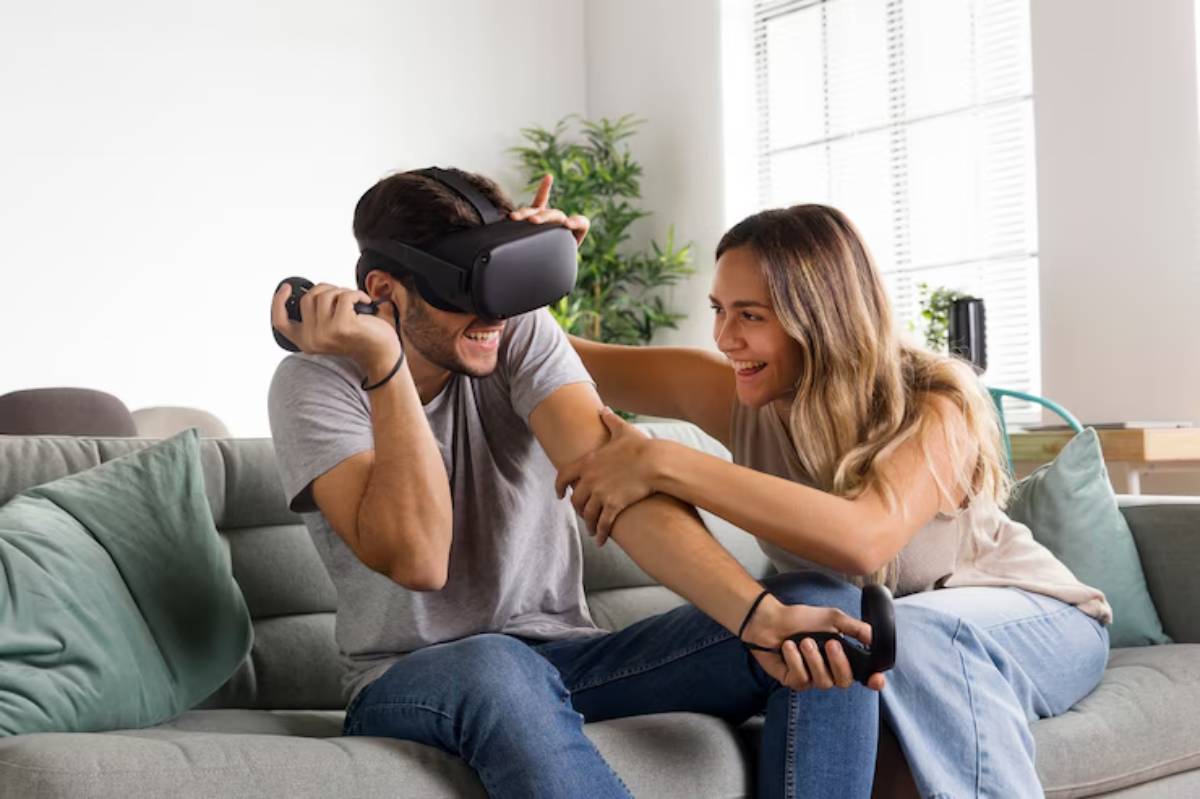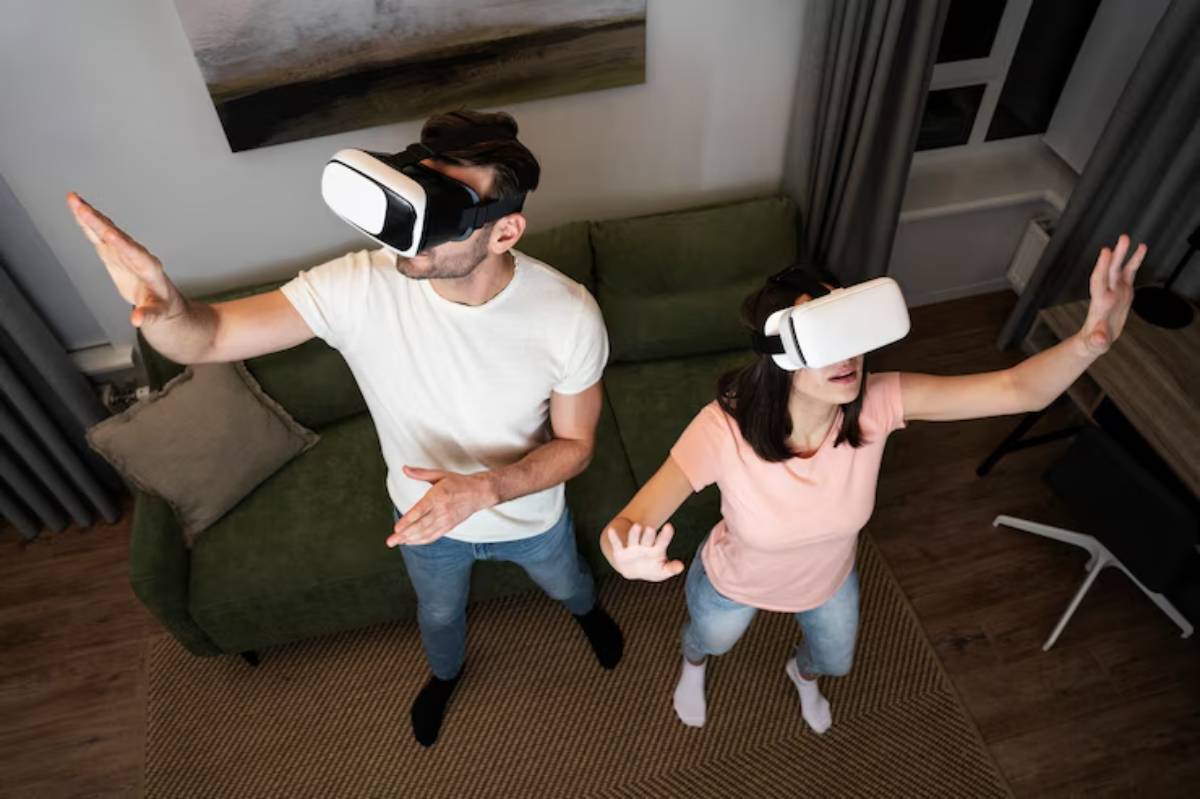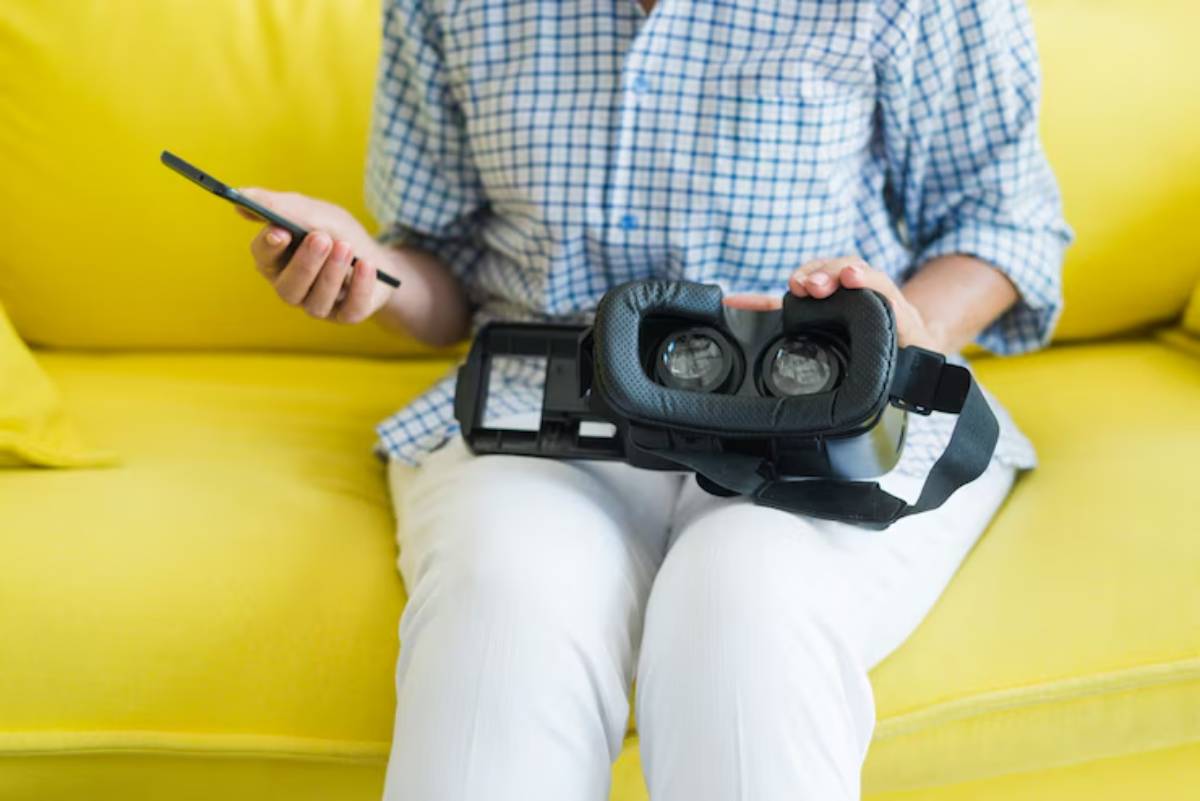
Sharing a VR Headset at Home: Tips & Tricks
You’ve just invested in a shiny new VR headset — and suddenly, everyone in the house wants a go. Your teenager wants to play rhythm games, your partner is curious about fitness apps, and the kids are begging to explore dinosaurs in 3D. Sound familiar?
Sharing a VR headset across multiple users at home can be a joy — and a logistical challenge. From adjusting fit and hygiene to keeping app libraries tidy and managing screen time, it’s easy to feel like you’re juggling a small VR community under one roof.
The good news? With the right tools, routines, and expectations, multi-user VR setups can work smoothly, safely, and even bring the family closer together. This guide explores how to share a VR headset at home — without sacrificing comfort, security, or fun.
Why Share a VR Headset?

Not every household wants to — or can — invest in multiple headsets. VR gear isn’t cheap, and the space needed to use it is often limited. But there are plenty of good reasons to go for a shared setup:
- Cost-effective: One headset, many users — better for the wallet.
- Space-saving: No need to dedicate multiple play areas.
- Encourages social play: Friends and family gather to take turns or watch.
- Increases value: More users = more mileage from your investment.
Still, sharing requires a little structure to make sure everyone stays safe, comfortable, and happy.
Choosing the Right VR Headset for Shared Use

Not all VR devices are created equal when it comes to family or group settings. Here’s what makes some better suited for multi-user VR:
What to Look For
- Fast and easy adjustability (IPD, straps, lenses)
- User profile support or guest login features
- Durable, easy-to-clean materials
- Strong parental control options
- Good battery life or swappable power packs
- Room-scale tracking that remembers boundaries
Headsets like the Meta Quest 2 and 3, PSVR2, and Pico 4 tick most of these boxes, especially when paired with the right accessories.
If your setup prioritises health and hygiene during heavy shared use, our article on headset ventilation and sweat management is worth a look.
Setup Tips for a Multi-User VR Household

Creating a shared VR setup isn’t just about handing over the headset — it’s about planning for comfort, access, and longevity.
1. Create a Shared Play Area
- Clear a room or corner that’s used only for VR play.
- Use rugs or floor mats to create boundaries.
- Keep water bottles, wipes, and headset accessories nearby.
- Use wall markers or stickers as visual cues for boundaries.
2. Use Adjustable Accessories
Fit is everything in VR. If the headset doesn’t sit right, the experience suffers — and so does user safety.
- Halo straps are better for quick size changes.
- PU leather face covers wipe clean between users.
- Lens spacers prevent contact with glasses.
- Consider colour-coded accessories (e.g. blue pad for Mum, red pad for Jake) to reduce confusion.
You’ll find more about upgrade options in our guide to top head straps for Meta Quest 2 & 3.
3. Keep It Clean
This is especially important if your household includes kids, guests, or fitness app users.
- Wipe down the headset with a microfibre cloth or antibacterial wipe after each use.
- Clean controller grips and buttons regularly.
- Let sweat-damp covers air out between sessions.
- Store the headset in a case or dry location to prevent dust build-up.
Managing Profiles and Game Libraries
The Profile Problem
Most standalone VR headsets (like Meta Quest) don’t yet allow multiple user profiles. This can make it tricky to separate game progress, preferences, and recommendations.
Solutions:
- Create age-appropriate Meta accounts for older kids (13+)
- Use guest profiles when available (e.g. on SteamVR)
- Manually manage app libraries, hiding mature content
- Encourage users to stick to “their” games and avoid deleting or changing others’ saves
For very young children, use kid-safe titles and keep your own account PIN-locked for purchases and content access.
Scheduling and Screen Time
Let’s face it — not everyone in the house will want to play at the same time. Establishing some simple rules can avoid both headset hogging and overuse.
Ideas That Work:
- Use a daily sign-up sheet or time blocks (especially during holidays)
- Limit sessions to 20–30 minutes for younger children
- Introduce “VR-free” family hours in the evening
- Use built-in timers to encourage breaks between turns
- Reward healthy VR habits with longer weekend playtime
Keeping It Safe for Everyone
Safety in shared VR is about more than avoiding stubbed toes — it also includes digital boundaries.
Digital Safety Essentials
- Set app ratings and content filters via parental control tools
- Restrict in-app purchases
- Disable online chat or strangers in games for children
- Monitor what’s being played via mobile apps or activity logs
Not sure how to set those boundaries? Our walkthrough on setting parental controls in VR devices offers a detailed how-to for Meta, PSVR2, and more.
Encouraging Family Play and Spectating
VR doesn’t have to be a solo activity. In fact, it’s often better when others join in — even if they’re not wearing the headset.
Ways to Get Everyone Involved:
- Cast gameplay to the TV using Chromecast or smartphone mirroring
- Let others offer help or commentary during tricky games
- Use rotation-based games (e.g. rhythm or trivia titles)
- Set family challenges — “Who scores highest this week?”
- Schedule family nights where everyone gets a go
Games like Fruit Ninja VR, Angry Birds VR, and Cosmonious High are excellent family rotation games.
Conclusion: One Headset, Plenty of Possibilities
Sharing a VR headset at home can bring families closer, inspire learning, and inject movement into daily routines — all from the comfort of your living room. While it might take a bit of setup and coordination, the benefits far outweigh the effort.
By building a play space, setting hygiene habits, rotating fairly, and using smart safety tools, you can turn one headset into a shared family portal for fun, fitness, and imagination.
So, ready to make VR a family experience? Grab your headset, build your setup, and start crafting virtual memories — together.


